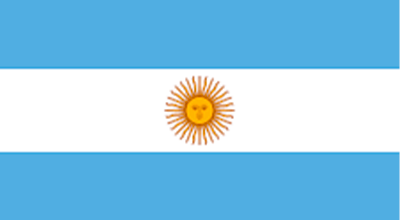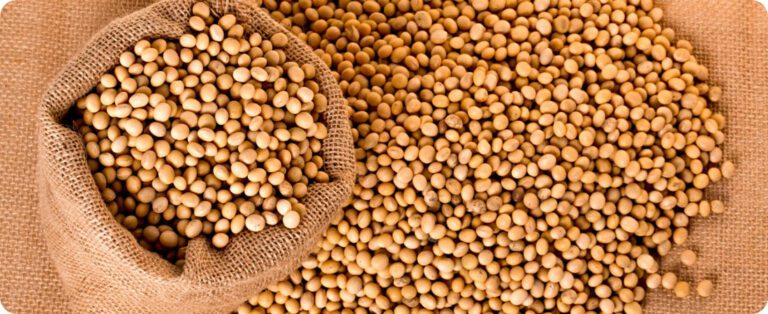
Image: Pixabay
A once-in-a-century drought has reduced the water level of Argentina's main grain transport canal, reducing agricultural exports and increasing logistics costs, while forecasters say this is likely to continue into next year.
The South American country is the third largest supplier of corn in the world and the largest exporter of soybean meal, while agricultural exports are key to generating foreign exchange in Argentina, a country undermined by three years of recession.
{module Form RD}
The Paraná River, originating in Brazil, has been hit by drought in the last three years. This reduced water levels in the Argentine port hub of Rosario, in the province of Santa Fe, where around 80% of the country's agricultural exports are loaded.
“This is a once-in-a-hundred-year event. That's the kind of frequency we're looking at,” said Isaac Hankes, a weather analyst at Refinitiv.
On Monday, the United Nations climate panel report found that climate change is making extreme weather events more common.
A meteorologist told Reuters the situation could “worsen even further after the rainy season”, which usually starts in late September.
Ships departing Rosario are carrying 18% to 25% less cargo than normal due to the low river level, said Guillermo Wade, manager of Argentina's Chamber of Port and Maritime Activities.
Logistics costs are rising as more soybeans and corn must be trucked to the Atlantic ports of Bahia Blanca and Necochea in southern Buenos Aires province, where ships make a final stop to complete their load before leaving. to the sea.
“We would need something like 130% of normal rainfall between now and February to replenish river levels. Anything less than 100% would be bad news for the river basin, and between now and February we expect perhaps 80% of normal rainfall,” Hankes said.
“We expect to see a wetter trend once we get into October and November, which would normally be wetter. But after this, our best indications now are that we can see a similar pattern to last year,” Hankes added.
The southern hemisphere's generally rainy spring begins in September and ends in December. But the next rise in water levels should only temporarily help the Paraná River.
“It could even get worse after the rainy season,” said German Heinzenknecht, meteorologist at consultancy Applied Climatology.
“This shallow watercourse level is historic, and it is difficult to predict when it might be reversed,” Heinzenknecht added.
A top Argentine executive from an international grains company with a large crushing operation in Rosario agreed that the Paraná crisis will likely continue into next year.
The executive asked not to be identified, in accordance with company policy.
“The situation will remain critical until October, improving at the end of the fourth quarter and in the first quarter. But from April onwards, when Argentina's soybean and corn harvest begins, and the largest number of cargo ships are expected, the river in Rosario will be back to a similar scenario to 2021,” he said.
Clipping: Notícias Agrícolas | Source: Reuters















